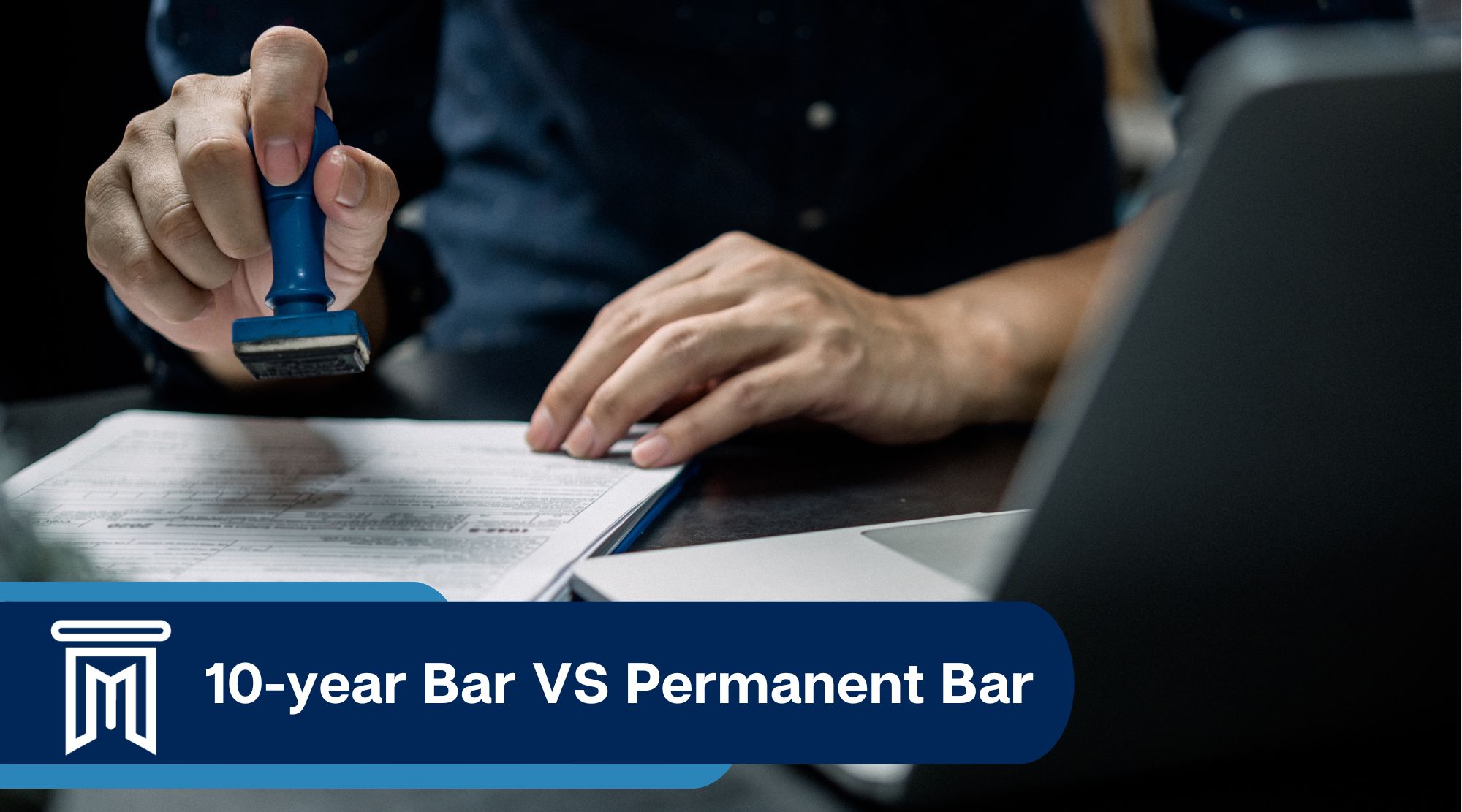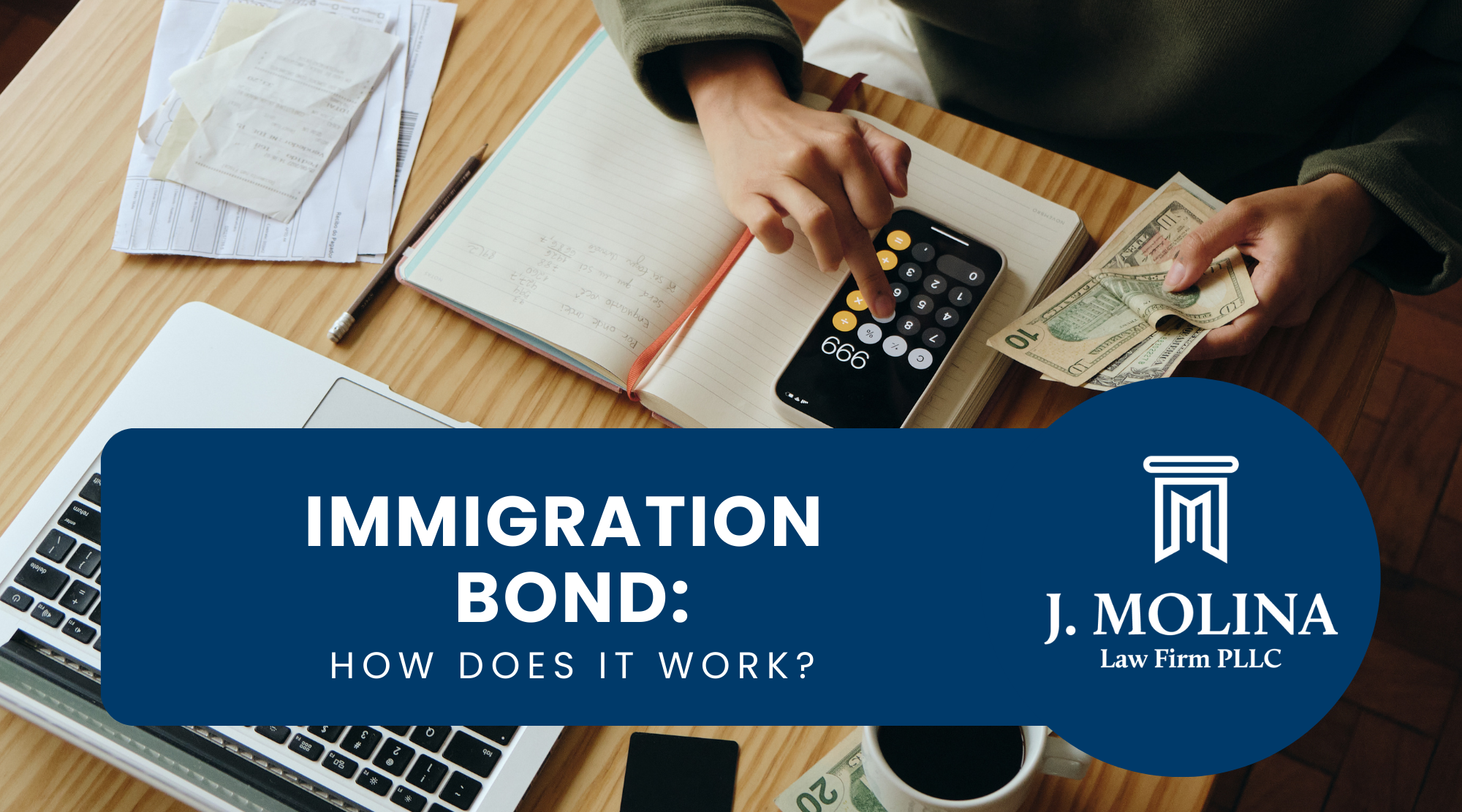Both the 10-year inadmissibility bar and the permanent bar have to do with immigration and refer to fines or rules that people who want to come to the United States have to follow. But they are different in how long they last and what they are used for. Here is a quick summary of the differences:
10-year Inadmissibility Bar:
The 10-year inadmissibility bar is a punishment for people who have spent too much time in the United States without permission before leaving. Unlawful presence usually means that a person stays in the U.S. past the end of their approved stay or comes to the U.S. without the right paperwork and immigration officials find out about it.
If someone stays in the U.S. illegally for more than 180 days but less than a year and then leaves, they will be barred for 3 years. If the person stays in the U.S. illegally for a year or more and then leaves, they will be banned for 10 years.
During this time, the person can’t legally come back into the United States unless they get a special waiver, which is only given in certain situations, like when they are a close cousin of a U.S. citizen.
Permanent Bar:
Permanent bar, which is also called “permanent re-entry bar” or “lifetime bar,” is a harsher punishment. It happens when someone has been in the U.S. illegally for a year or more, leaves the country, and then tries to get back in without permission. If a person comes under the permanent bar, they will never be able to apply for a visa or get into the U.S. again.
The lifelong bar is a harsh punishment that is usually given to people who have been in the country illegally for a long time and then tried to get back in without permission.
It’s important to remember that U.S. visa laws can change, and there may be exceptions or different rules for certain people or situations. If you or someone you know is having problems with immigration, it is important to talk to an immigration lawyer or a qualified legal expert for up-to-date and personalized help.



